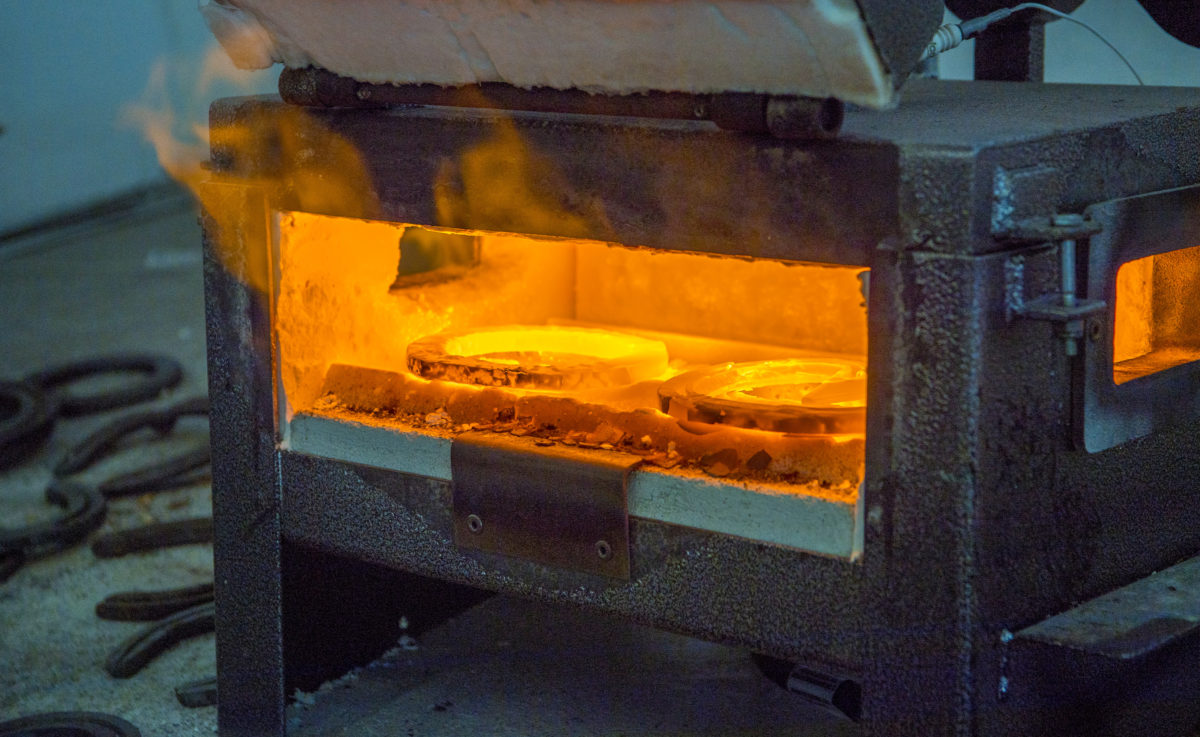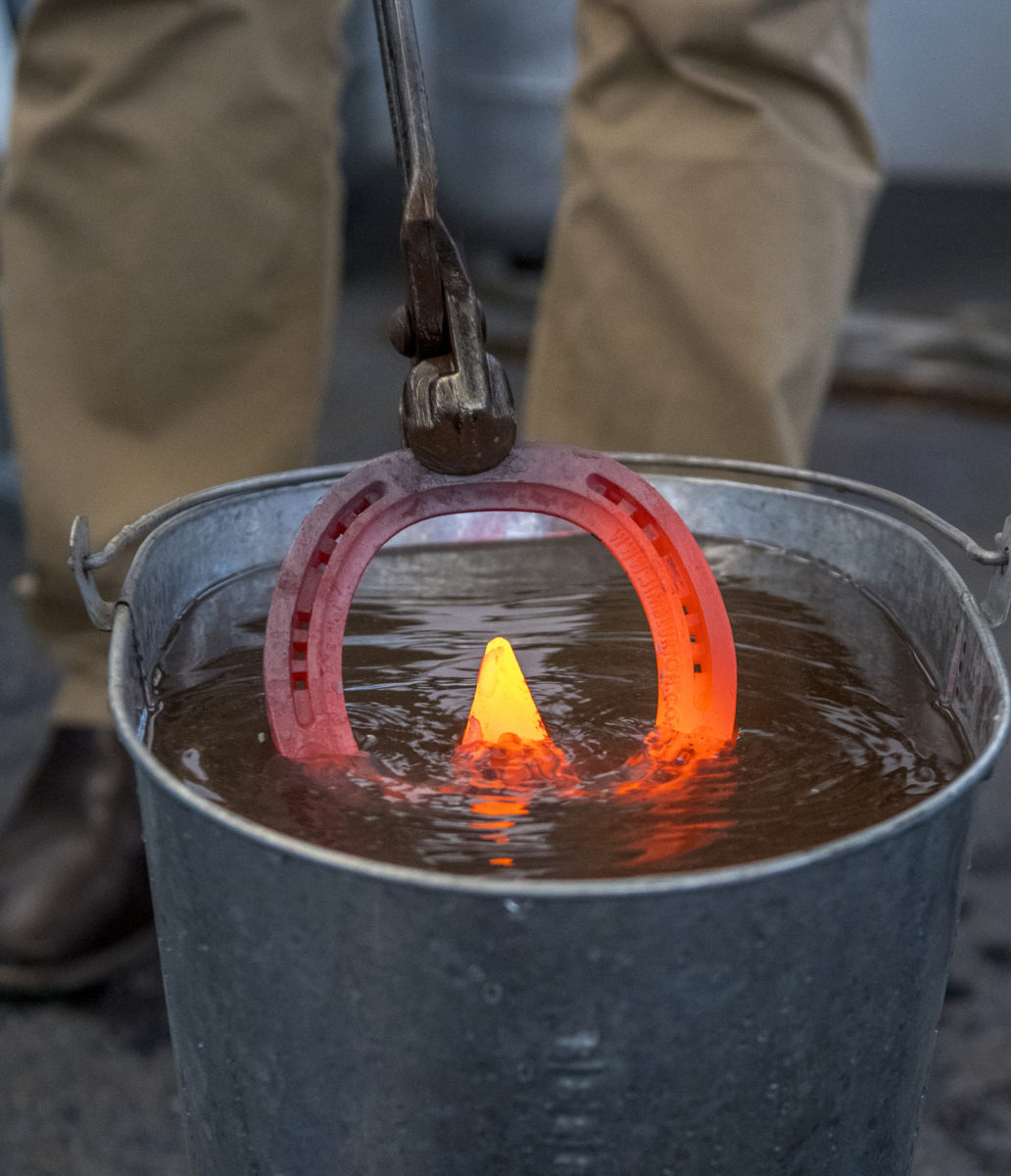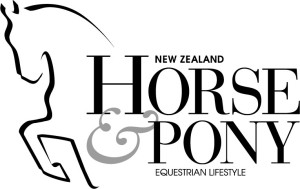
The most recognisable brand of running shoes, and definitely the fastest running shoes in the Olympic movement are not on the track and field athletes in Rio 2016. They’re the shoes on the only four-legged athletes at the Games – the horses!

Just like their human counterparts, equine athletes have the choice of hand-made shoes and off-the-shelf versions, but the Olympic horses here in Rio have bespoke shoes to help them perform at the very highest level.

These shoes come in variety of styles: flat, tapered, heart-bar (encasing the entire foot), and shoes with studs for grip. And some even come with gel pads for cushioned comfort.

To achieve the ultimate equine fit, the shoe is heated to a red-hot 800 degrees before being forged on the anvil to the correct shape. When the temperature of the shoe has dropped, it’s pressed on to the foot and, once the fit is optimal, the shoe is plunged into a bucket of water to cool it down. Then it’s nailed on to the insensitive hoof, the equivalent of a 10mm thick toenail. A pedicure and shoe-fitting in one package!

There’s also a glue-on aluminium option, using a special glue that sets in two minutes. This requires fast, accurate work and is a really specialised job. One of the horses that was re-shod by the Olympic farriery team using this method went on to win gold!

Just like track and field athletes or footballers, when grip is crucial, studded shoes are the only answer. And for horses, there’s a huge variety of different lengths and shapes of studs for different ground conditions. According to the Rio 2016 Lead Farrier, Jim Blurton, “stud selection is nearly as important as tyre selection for Formula 1”.

Former world champion Blurton (57), a third-generation farrier from Wales, heads up a five-man British team that also includes Jim’s right-hand man Ben Benson (36), himself a second-generation farrier, who will take over as lead farrier for next month’s Paralympics. Both of them worked at the London 2012 Games, along with forge general manager Emma Cornish (41). The British side of the team is completed by Ed Dailly (26), Craig D’Arcy (48) and Dean Bland (45).

(Photo: Arnd Bronkhorst)








